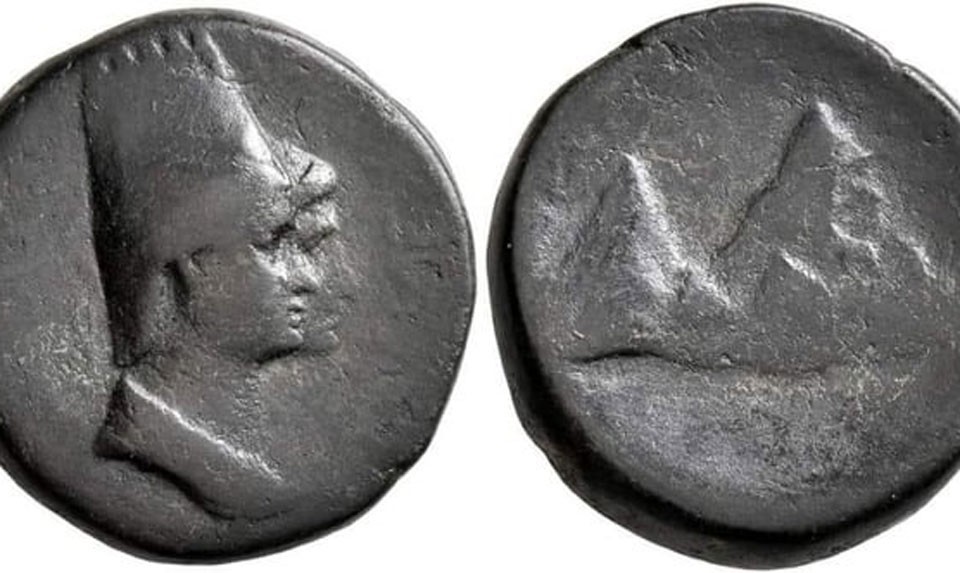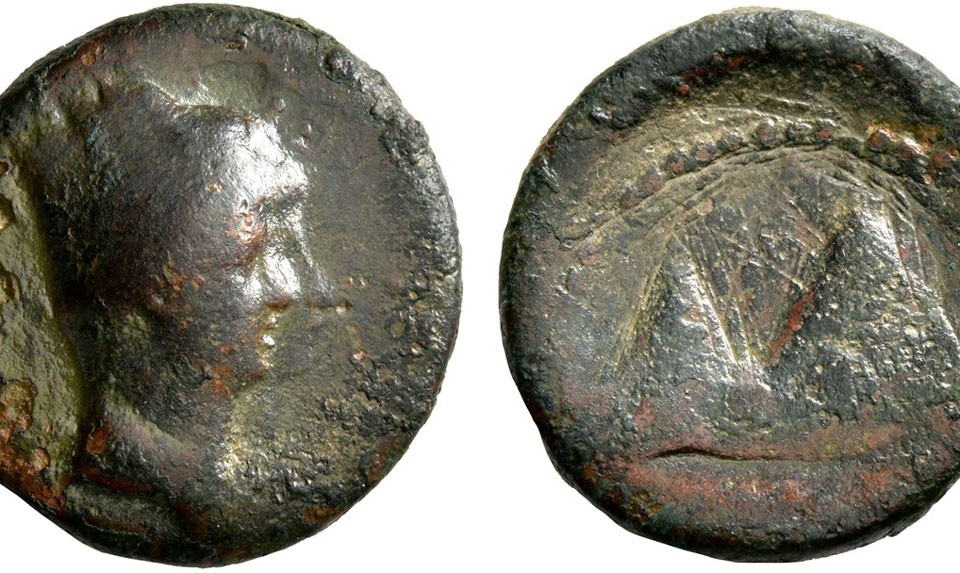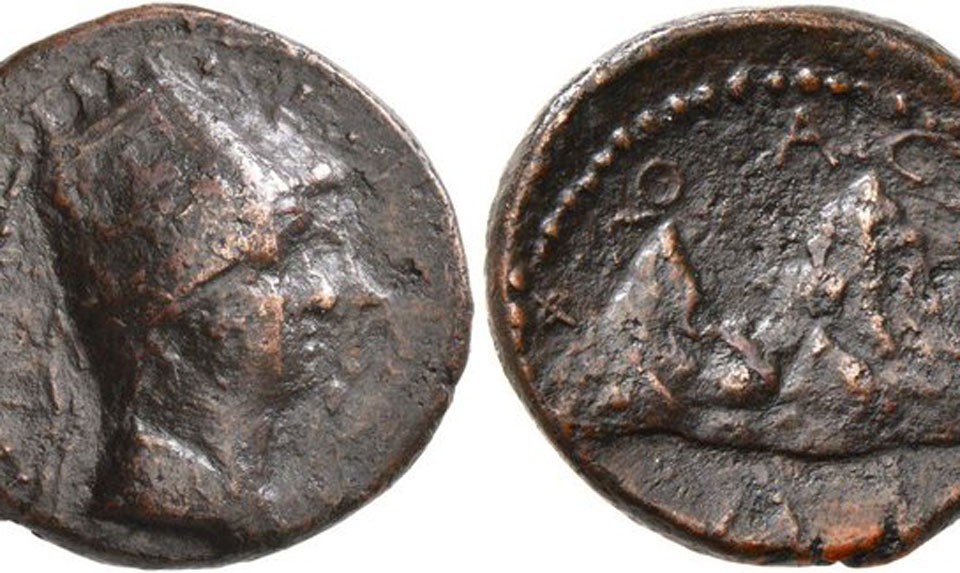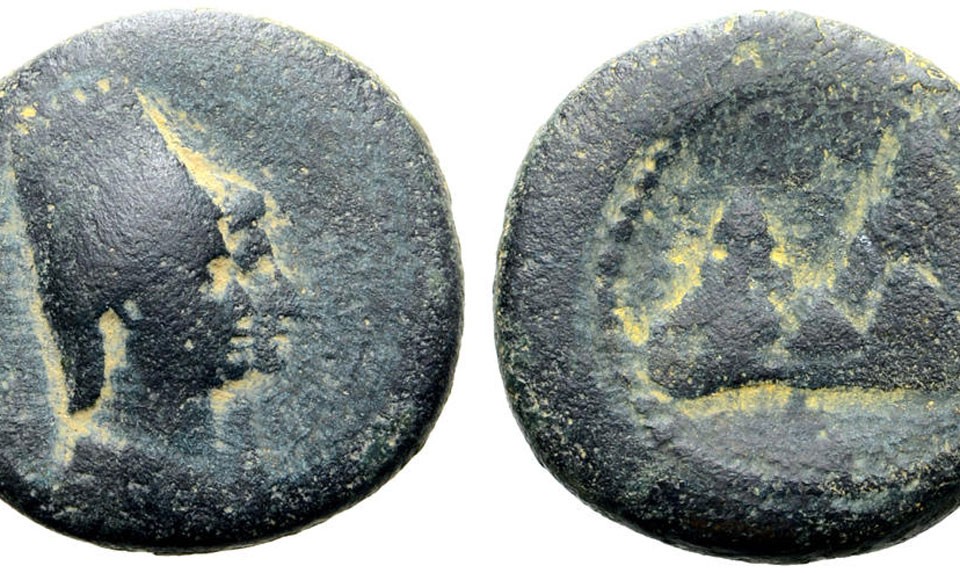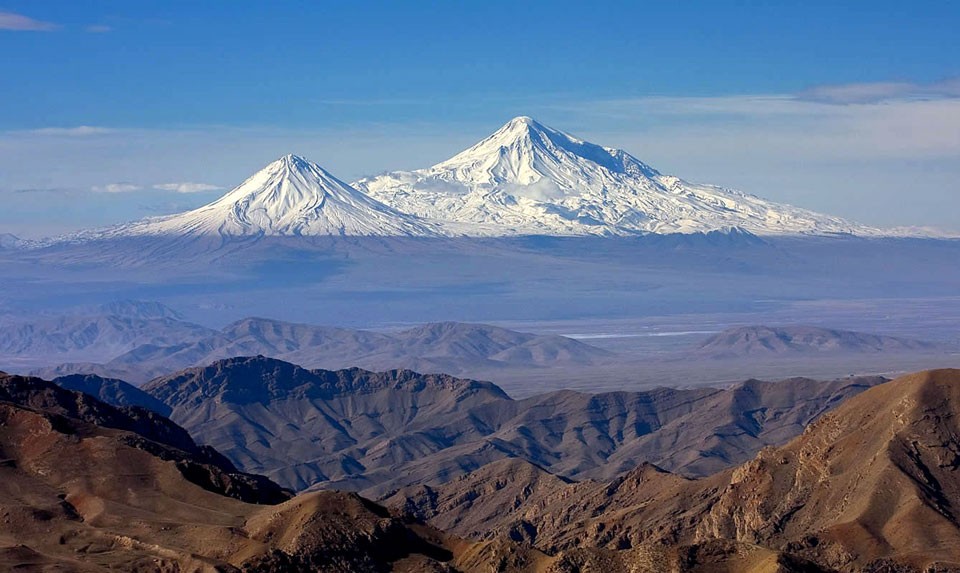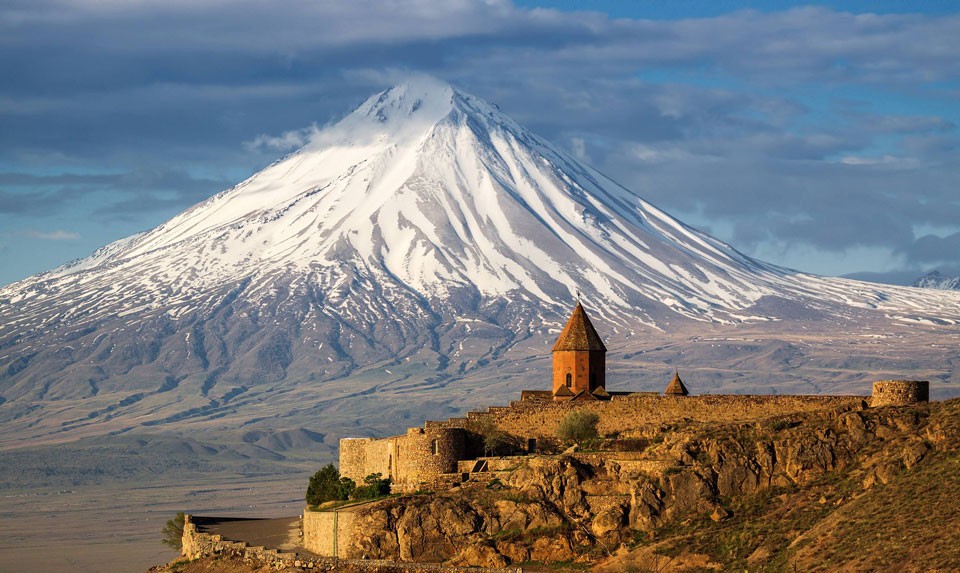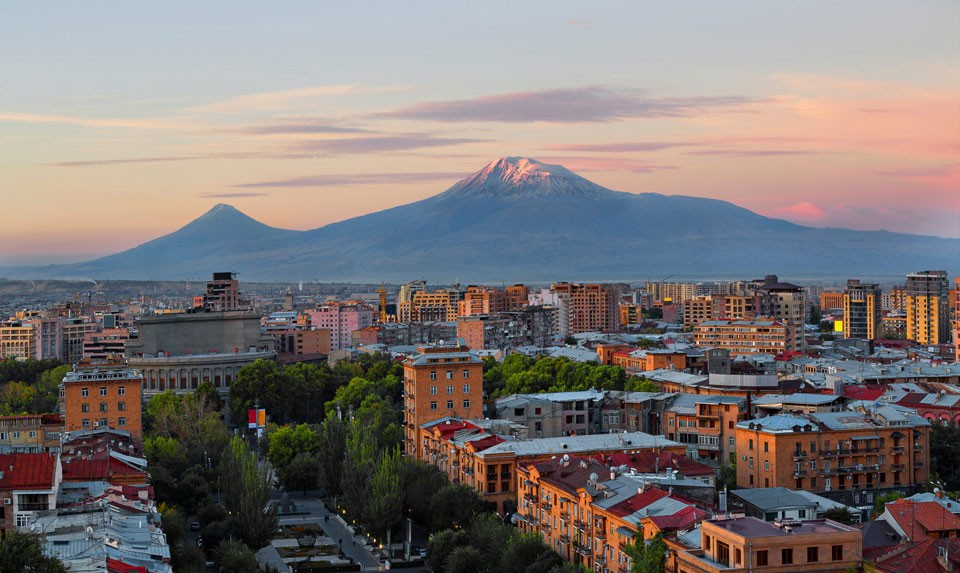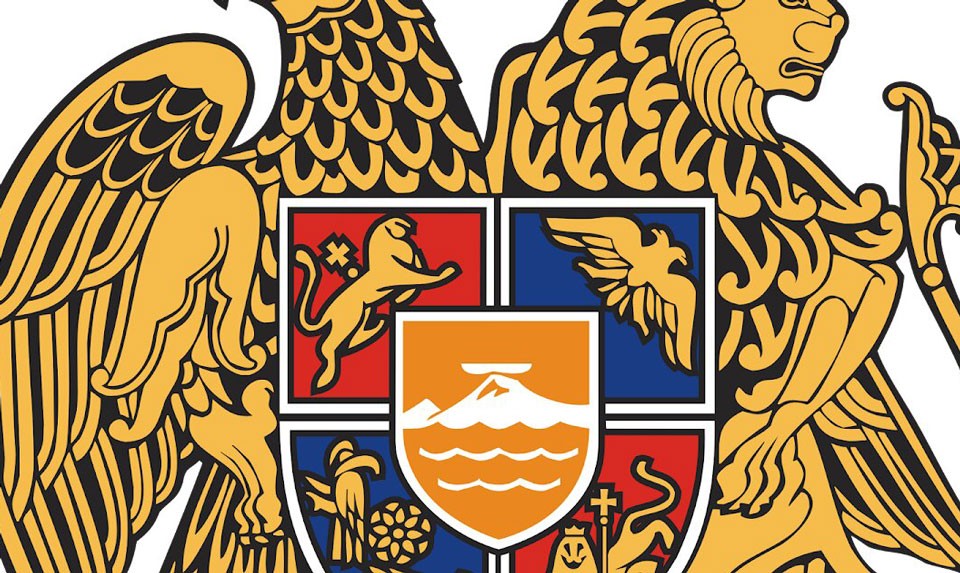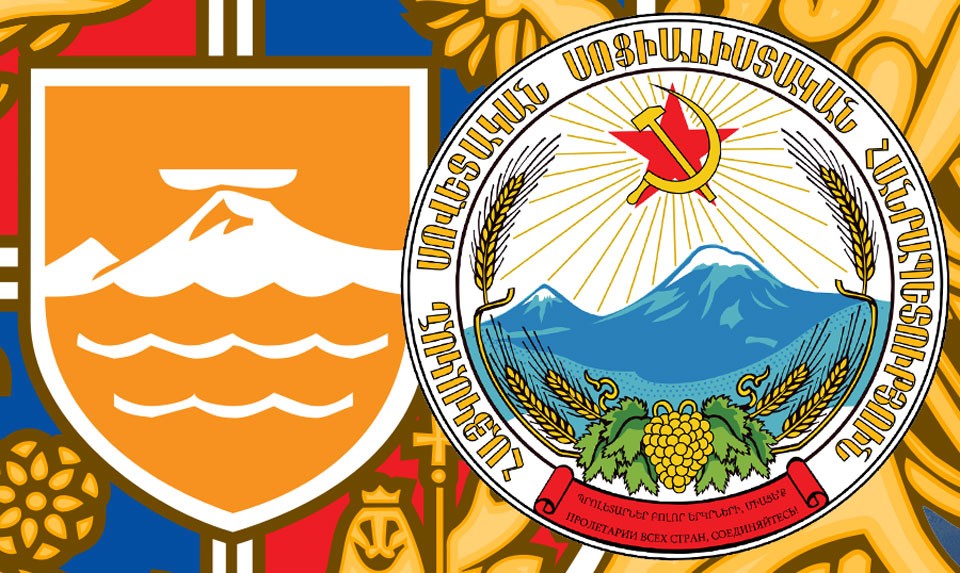Ultra Rare Coins Of The Armenian King Tirganes IV And Queen Erato With Mount Ararat On The Reverse
These are the extremely rare Armenian coins, minted in Artaxata (Artashat) in 2nd century BC (the Greeks called the ancient Armenian Artashat - Artaxata).
The coins show the busts of the King Tigranes IV, wearing tiara and diadem, and Queen Erato. On the reverse the two peaks of Mount Ararat are depicted, as seen from the Armenian capital Artaxata.
Founded by King Artashes I in 176 BC, Artashat served as the capital of the Kingdom of Armenia until 120 AD, and was known as the “Vostan Hayots” or “Court” or “Seal of the Armenians”.
Strabo and Plutarch describe Artashat as a large and beautiful city and the royal residence (Basileion) of the country. Plutarch also mentions that it was the royal residence of Tigranes. A focal point of sophisticated culture, Armenia’s first theater was built here. Movses Khorenatsi mentions numerous pagan statues of the Gods and Goddesses of Anahit, Artemis and Tir were brought from the religious center of Bagaran and other regions of Armenia to the city of Artashat.
Tigranes IV and Erato were siblings through a common father and different mothers. They married to preserve the purity of the Artaxiad bloodline.
Erato bore Tigranes IV a daughter who later married King Pharasmanes I of Iberia (modern Georgia} who ruled from 1 until 58 AD, and by whom he had three sons: Mithridates I of Iberia, Rhadamistus and Amazaspus (Amazasp) who is known from a Greek inscription found in Rome.
However, the fact of their marriage is somewhat disputed. Some argue that the coins describe Tigranes IV as a brother rather than husband of Erato, they were co-rulers as siblings rather than husband and wife.
Ararat is known as the “Holy Mountain” of the Armenian people. It was principal to the pre-Christian Armenian mythology, where it was the home of the gods, and later, Ararat was the geographical center of ancient Armenian kingdoms.
Mount Ararat is the third most prominent mountain in West Asia, and it is located in Turkey, near the border with Iran, Armenia and Nakhchivan exclave of Azerbaijan, between the Araxes and Murat rivers.
Ararat is a snow-capped and dormant compound volcano, which consists of two major volcanic cones: Greater Ararat and Little Ararat. The Greater Ararat is the highest peak in Armenian Highland with an elevation of 5,137m (16,854 ft). The Little Ararat's elevation is 3,896m (12,782 ft).
Most Christians identify Mount Ararat with the Biblical mountains of Ararat, largely because of the Genesis flood narrative, as it would have been the first peak to emerge from the receding flood waters, and it is where most of Western Christianity places the landing of Noah's Ark.
The Bible’s flood narrative was linked to the Armenian myth of origin by the early Armenian medieval historian Movses Khorenatsi. In his “History of Armenia”, he wrote that Noah and his family first settled in Armenia and later moved to Babylon. Hayk, a descendant of Japheth, a son of Noah, revolted against Bel (the Biblical Nimrod) and returned to the area around Mount Ararat, where he established the roots of the Armenian nation.
This legend makes Armenia the cradle of all civilization since Noah's Ark landed on the Ararat Mountain. It connects Armenians to the Biblical narrative of human development, it makes the Mount Ararat the national symbol of all Armenians, and the territory around it the Armenian homeland from time immemorial.
Despite lying outside the borders of modern Armenia, the Ararat Mountain is the principal national symbol of Armenia and has been featured prominently in Armenian literature and art, and is an icon for Armenian national identity. Armenians have a sense of possession of Ararat in the sense of symbolic cultural property.
Mount Ararat has been depicted on the coat of arms of Armenia consistently since 1918. This coat of arms was readopted by the legislature of the Republic of Armenia on April 19, 1992, after Armenia regained independence. Ararat is depicted along with the Ark on its peak on the shield on an orange background.
The Mount Ararat also was on the emblem of the Armenian Soviet Socialist Republic. Here, the Ararat is depicted in the center and makes up a large portion of it.
Ararat is located some 65 km (40 mi) south of the Yerevan, and dominates the skyline of Armenia's capital on clear days. However, the best way to see Ararat, while traveling in Armenia, is when you visit the Khor Virap Monastery, located near the border with Turkey, in the Ararat Province of Armenia.
This monastery rests atop a little hill in an otherwise very flat Ararat valley. When you arrive, you will be as close to the Biblical Mount Ararat as you can probably get in Armenia. It is huge and towers over the Khor Virap on even hazy days.
Visiting KHOR VIRAP is on the itinerary of the good number of our tours. For more information, please visit our ТOURS page, or contact us at info@phoenixtour.am
In the 21st century to climb Ararat is the most highly valued goal of some of the Armenian patriotic pilgrimages that are organized in growing number from Armenia and the Armenian diaspora.
